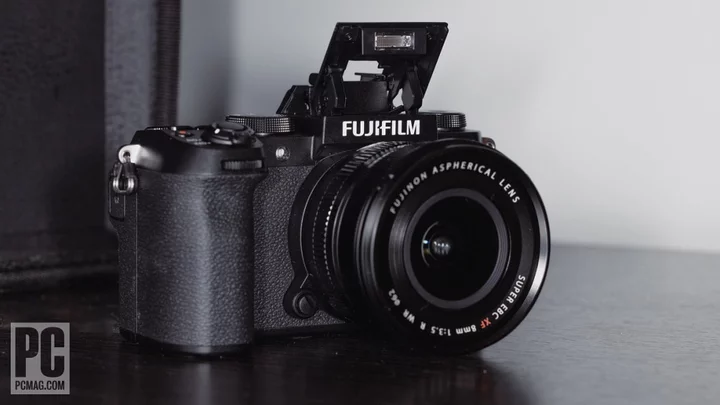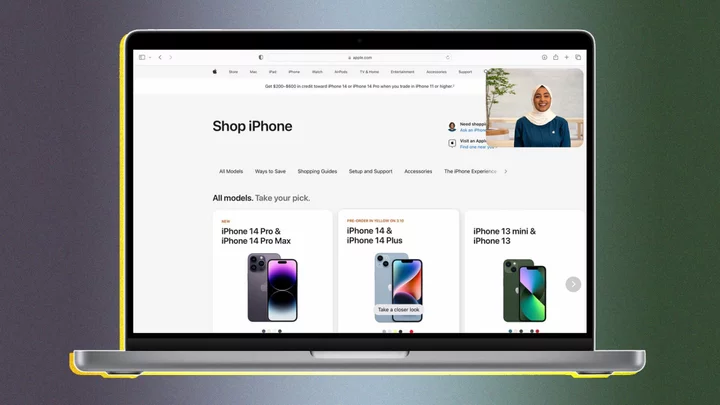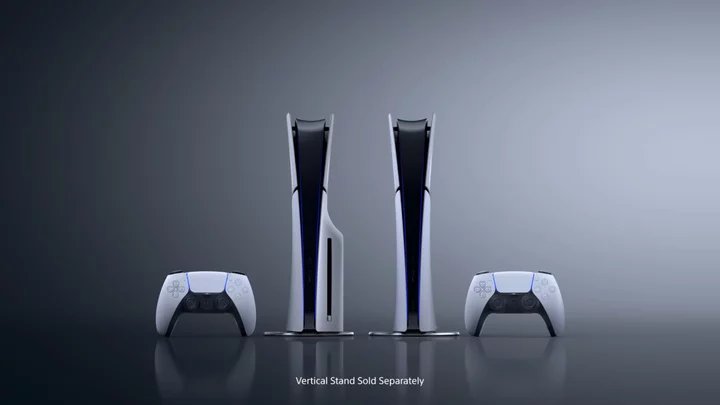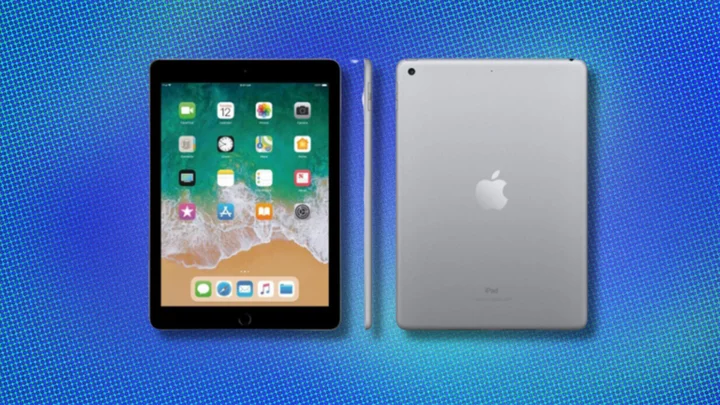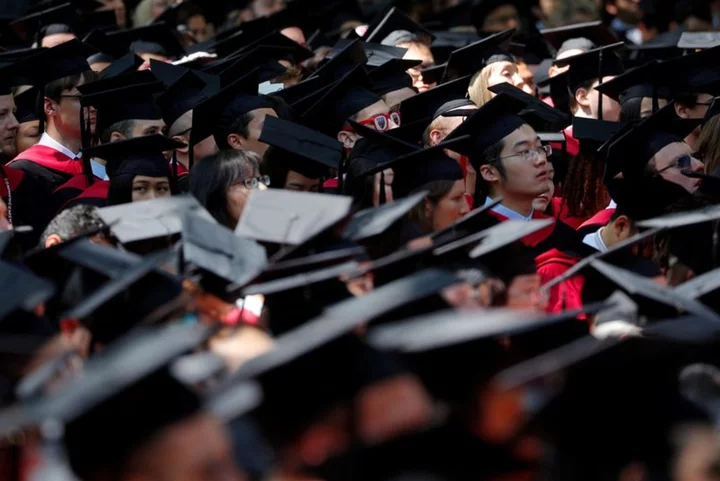If your smartphone camera isn't cutting it any longer, you should consider switching to an interchangeable lens camera (ILC), such as an old-school SLR or an up-to-date mirrorless body. Compared with your phone or point-and-shoot, these advanced cameras have larger image sensors, superior optics, robust manual controls, and faster performance, plus they offer greater versatility through swappable lenses.
All this functionality doesn't come cheap, though, especially when you start factoring in lenses. You also need to remember that you're buying into a camera system. If you start with Canon, chances are that your next camera will be from Canon as well, simply so you can continue to use your lenses and accessories.
With that in mind, we've compiled the most important aspects to consider as you shop for a swappable lens camera. But first, check out our top picks to see where to start; you can't go wrong with any of the cameras we list here.
Is Mirrorless Better Than DSLR?
The Olympus OM-D E-M10 Mark IV mirrorless includes a stabilized sensor and 4K recording, features you won't get in an entry-level SLR (Credit: Jim Fisher)A decade ago, if you wanted a camera with interchangeable lenses, an SLR was the obvious choice. But times have changed. Today's mirrorless cameras, even those at the entry-level end of the price spectrum, are typically more capable than an SLR. You don't have to live without a viewfinder, either—aside from vlogging cameras, most mirrorless bodies include eye-level electronic viewfinders.
Even entry-level mirrorless cameras, such as the Canon EOS R50, offer autofocus systems that run circles around SLRs, with features like face and eye detection for people, pets, and wildlife. Stepping up to a midrange model like the Canon EOS R10 or Fujifilm X-S20 nets better handling and build quality, and in the case of the latter, a stabilized sensor.
How PCMag Tests Digital CamerasBut there are still reasons to opt for an SLR. If your eyes are sensitive to electronic displays or you simply prefer an optical viewfinder, SLRs remain an option. It's also an easy upgrade path if you're moving up from an older model—the Canon EOS Rebel T8i uses the same lenses as an old EOS Rebel T3i, for instance, and you may appreciate that familiarity.
What Is a Good Camera Sensor Size?
The Fujifilm X-T4, and other Fujifilm X cameras, use the APS-C sensor size (Credit: Jim Fisher)Most consumer ILCs use image sensors that are smaller than a 35mm film frame (though they are still much larger than those of pocket cameras and phones). It can be confusing to talk about a camera's field of view because the industry expresses focal lengths for compacts in terms of 35mm equivalency. The standard APS-C sensor, for instance, features a "crop factor" of between 1.5x and 1.6x. This means that a starter lens, such as the 16-50mm Sony bundles with many of its crop-sensor cameras, covers the same angle of view as a 24-75mm lens for a full-frame model.
Micro Four Thirds, which has a 2x crop factor, is another popular mirrorless format. These are available from OM System (the new name for Olympus) and Panasonic. Kit lenses for these systems typically cover 14-42mm (28-84mm equivalent). Micro Four Thirds is the oldest mirrorless system, so there are plenty of lenses to choose. And, even though the format is smaller than APS-C, it is significantly larger than sensors on a smartphone or point-and-shoot.
The Panasonic GH5 II uses a Micro Four Thirds sensor and lenses (Credit: Jim Fisher)Larger sensors have inherent advantages. They allow you to better control the depth of field in images, which makes it possible to isolate your subject and create a blurred background, or a Japanese term called bokeh. Tons of information exists about the bokeh quality of different lenses, but, in general, lenses that capture more light (measured numerically as its aperture, or f-number) create blurrier backgrounds. For example, a lens with a maximum aperture of F1.4 lets in eight times as much light as an F4 lens, and can create a shallower depth of field at an equivalent focal length and shooting distance.
Another reason to go for the big sensor is to minimize image noise. A 24MP APS-C sensor has much larger pixels than a point-and-shoot of comparable resolution. These larger pixels allow you to set the sensor at a higher sensitivity, measured numerically as ISO, without creating as much image noise. An advantage to the larger surface area is that changes in color or brightness are more gradual than that of a point-and-shoot. This allows more natural-looking images with a greater sense of depth, as well as more dynamic range, so you can capture details in shadows and highlights that other cameras miss.
The Nikon Z 5 offers photographers an affordable way to jump into a full-frame system (Credit: Jim Fisher)Some cameras feature sensors that are equal in size to 35mm film. These full-frame cameras are generally more expensive than their APS-C counterparts, but you can get started with an entry-level kit for around $1,500. If you see yourself moving up to full frame in the future, be careful about buying lenses. Some are designed for APS-C sensors and either won't work at all with a full-frame body or only at a lower resolution.
Which Camera Feels the Best?
It's very important to choose a camera that feels comfortable in your hands. Although most DSLRs are similar in size and build, mirrorless cameras are more varied in design. Some resemble SLRs, with an electronic viewfinder in the center of the body behind the lens mount. Others put the EVF in the corner, similar to the position of an optical finder in a rangefinder camera, and typically offer a smaller handgrip. You can even get one with an optical viewfinder if you don't mind spending big bucks on a Fuji X-Pro or Leica M rangefinder.
We love the ergonomics of Panasonic's entry-level full-frame, the Lumix S5 (Credit: Jim Fisher)Generally, an SLR-style mirrorless camera is a better fit for larger lenses. The central viewfinder and sizable handgrip make balancing a big lens a bit more pleasant. Rangefinder-style cameras are a better option if you expect to use smaller zooms or prime lenses.
Think about controls, too. If you are interested in capturing fast action and working with big lenses, look for a camera that has a joystick control on the rear panel—it comes in handy for interfacing with the autofocus system. Other models, including many from Fujifilm and Nikon's retro Z fc, include discrete dials to set shutter speed, a plus for photographers who want to try their hand at manual exposure.
The camera you choose should be the one that you are most comfortable using. If a DSLR is too big or small for you to hold comfortably, or if the controls are not laid out in a way that makes sense to you, chances are you won't enjoy using it as much as you should.
How to Get the Best Viewfinder
SLRs use optical viewfinders, whereas mirrorless cameras sport EVFs. The difference isn't as huge as you might expect. With an optical finder, you see through the lens because of a series of mirrors and optics that direct light to your eye. With an EVF, an electronic feed from the image sensor displays on a small screen, typically an OLED.
The two technologies offer different views of the world. Optical finder brightness varies based on the f-stop of your lens; if you attach an F1.4 prime, the view appears brighter than with an F4 zoom. You get an uncluttered view of the world—typically you see the active focus point light up when you make an image and you may be able to add framing guidelines, but that's it.
SLR fans should consider a midrange model like the Canon EOS 90D to get a pentaprism viewfinder (Credit: Jim Fisher)An EVF typically shows you exactly what image you will get when you fire the shutter. You see a real-time preview of the depth of field, any color filters you've applied, a live histogram, and any other information your camera can display. You can also turn information overlays off if you prefer an uncluttered view. If you're getting started with photography, this preview can help you make images in-camera that are truer to the real world.
Not all viewfinders are of the same quality, regardless of the tech that drives them. Entry-level SLRs typically include pentamirror optical designs, which use a series of mirrors to show you the view through the lens. They are smaller and lighter than the premium, solid glass pentaprism viewfinders in pricier SLRs. But there are downsides to a pentamirror: Images don't appear as big, you don't get truly accurate image framing, and the view tends to be a bit brighter.
The same is true for EVFs. You should pay attention to the magnification rating, in particular—a larger number denotes a bigger EVF—as well as the resolution. Today's entry-level mirrorless cameras have slightly larger viewfinders than comparable SLRs, backed with OLED panels.
Spending more on a midrange or pro-level mirrorless camera often, but not always, gets you a larger viewfinder. Look for 0.78x magnification and a 3.7-million-dot resolution at the minimum if you're shelling out for a flagship. And while we've only seen one camera with a high dynamic range (HDR) viewfinder to date, the Canon EOS R3, we expect the tech to show up in more models down the road, as it provides a pleasing, natural picture that better matches up with what an image sensor captures.
The Fujifilm X-T4's 0.78x EVF is large and sharp to the eye (Credit: Jim Fisher)What Are Continuous Shooting and Autofocus Speed?
Interchangeable lens cameras have another big advantage over point-and-shoots—speed. The time that it takes between hitting the shutter button and the camera capturing a picture (or shutter lag) and the wait time between taking photos are often concerns with compact cameras. DSLR and mirrorless cameras generally focus very quickly and deliver shutter lag that is nearly immeasurable.
The Sony a7 IV tracks subjects and fires off photos at 10fps (Credit: Jim Fisher)The industry measures continuous shooting speeds in frames per second. Entry-level models typically offer around 5fps capture, but some affordable models boast capture rates up to 15fps with tracking or speeds as high as 30fps with focus locked after the first shot. That's quick enough to satisfy the needs of photographers capturing sports, wildlife, and other types of intense action.
As frame rates increase, autofocus systems do as well. Entry-level SLRs usually only have a few focus points, bunched up toward the center of the frame. This is due to the way SLR focus systems work. Light not only travels to the viewfinder but also to a discrete autofocus sensor. The sensor checks for focus at several points—ranging from around 10 for basic systems up to more than 150 for advanced cameras, which also spread points farther across the frame for wider focus coverage.
Mirrorless cameras are different. There isn't an autofocus sensor; instead, the image sensor performs the focus operations. The tech has opened up new possibilities for subject recognition, including better subject tracking (including for vehicles); automatic face and eye detection; and (for some systems) eye detection for pets and wildlife.
Not all systems are as effective, though. Some entry mirrorless cameras don't have all the latest tech, though, and rely on contrast focus for tracking. If you're interested in photographing action, it's wise to spend a little more on one with on-sensor phase detection.
The Canon EOS R3 is a high-end model with a full-frame stacked sensor (Credit: Jim Fisher)At the very high end of the spectrum, cameras like the Sony a9 II and Canon EOS R3 use Stacked CMOS sensors, good enough for ultra-high-speed focus and capture. They also offer an uninterrupted view of the scene during capture. You need to budget thousands for one of these cameras today, but we expect the technology to trickle down to more affordable models in the future. At press time, the $2,200 OM-1 is the most affordable ILC with a Stacked CMOS imager.
The Best Camera for Live View and 4K Video
The different focus systems also change the way cameras handle video recording. With an SLR, you need to press a button or tap a switch to change from the optical viewfinder to the rear LCD to facilitate video capture. But, with mirrorless cameras, the switch is seamless.
Fujifilm X-S20 (Credit: Jim Fisher)SLRs typically use contrast focus for video capture, which means autofocus is a little slow and choppy for movies. Most Canon SLRs use the company's proprietary Dual Pixel AF tech, a type of phase detection that splits each sensor pixel into two. This gives the camera the same smooth, fast focus when you record video as you get from a mirrorless camera.
Mirrorless cameras use the same focus system for video and stills. There's usually no need to change modes to switch from stills to video, and focus is just as quick and smooth regardless of whether you are capturing stills or moving images.
We've seen a spate of recent entries with quality in-camera mics and designs specifically for vloggers, so think about the Sony ZV-E10 or Nikon Z 30 if you are looking for a kit that can deliver quality video and audio without requiring you to invest in external mics.
There are other features to look for if you are serious about filmmaking. At a minimum, you should pick a model with a microphone input for better-quality audio. But you should also ensure a camera offers stabilization (either in-body or in-lens), 4K recording, 10-bit color, and a flat log profile.
The Best DSLR and Mirrorless Lenses and Accessories
Most first-time ILC users aren't going to purchase a whole bevy of lenses, but you should at least consider a few to supplement the kit lens that ships with the camera. The first is a telezoom to complement the standard starter lens. Most systems offer a starter 55-300mm, 70-300mm, or similar telephoto option.
Add a telephoto lens, such as the Fujifilm Fujinon XF 70-300mm, to bring far-off subjects into closer view (Credit: Jim Fisher)Another popular lens choice is a fast, normal-angle prime lens. Before zooms were popular, film SLRs often came with a 50mm F2 lens. The rough equivalent is a 35mm prime on an APS-C sensor and a 25mm on Micro Four Thirds. The standard angle gives you a field of view that isn't far off from that of your eye. Additionally, the fast aperture makes it possible to shoot in low light and isolate your subject by blurring the background of your photos. Prices for these lenses vary a bit depending on your camera system, but you can expect them to run between $175 and $350.
The Godox V1 flash has a thoughtful design with a round head, rechargeable battery, and wireless capability—it's available for all popular camera systems (Credit: Jim Fisher)Although consumer DSLRs typically have built-in flashes, mirrorless cameras don't always include them. To make up for this, you typically find a small, clip-on flash in the box with an entry-level mirrorless camera. But, as long as your camera has a standard hot accessory shoe, you can add a more powerful external flash. These flashes emit more light and you can reposition them to best illuminate a subject. Bouncing flash off of a ceiling to brighten a room is possible with a dedicated flash unit, but not with the ubiquitous pop-up flash. Depending on your power needs, recycle time, and movement, a dedicated flash can cost anywhere between $150 and $500.
Beyond DSLR and Mirrorless
Want speed and top-notch images, but aren't ready to haul a heavy camera and a bunch of lenses? You may spend just as much—or more—on a bridge camera or a compact camera. If you opt for a model with a Type 1 (also called 1-inch class) or larger sensor, you can get image quality that is closer to an ILC than a smartphone.
If you do opt for an ILC, our guidelines can help you choose the camera and lens system that best fit your needs and budget. Just be sure to take time and research your purchase; you should even consider going to the store to test how a camera feels in the hand. Once you make your decision and are ready to start shooting, check out our 10 beyond-basic photography tips.

